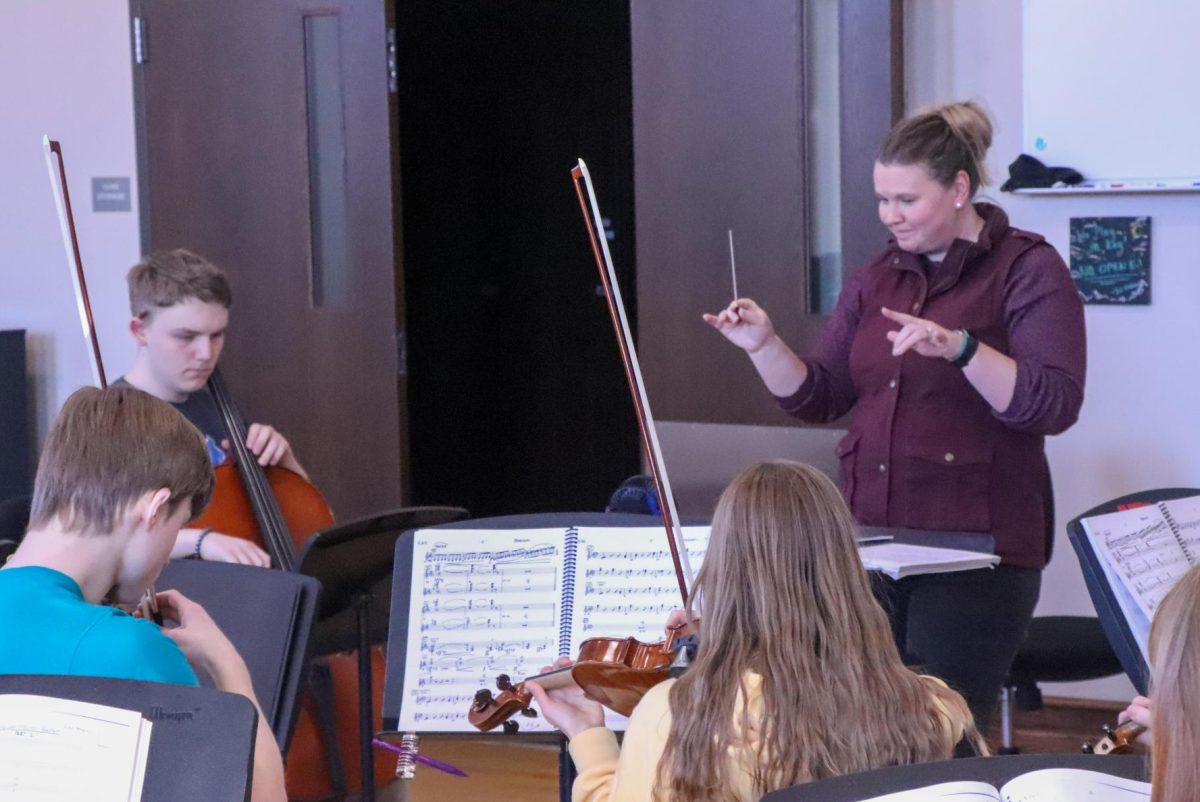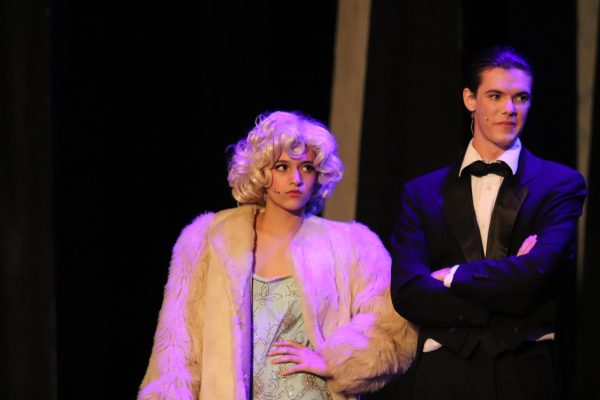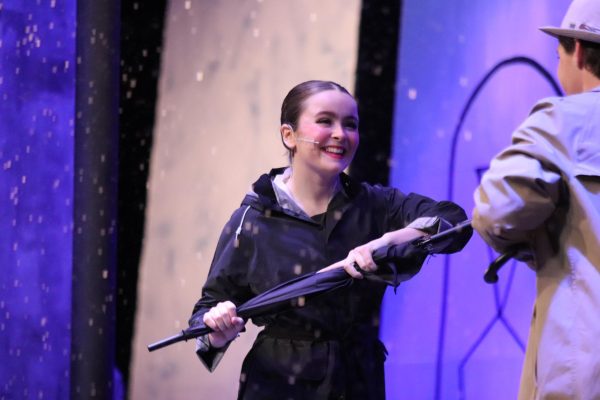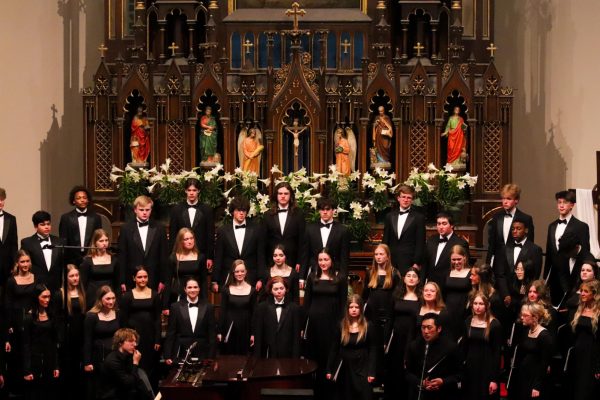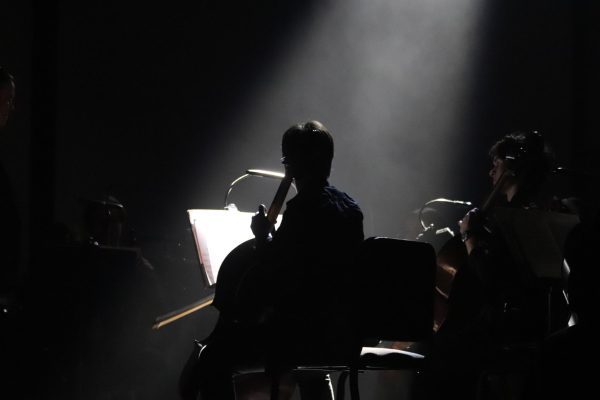LH Book Reviews: The Remains of the Day
November 6, 2017
It is 1945. Stevens, a butler in Darlington Hall, has never missed a single day of work in a twenty-year career, even when his father died or when he was deathly ill.
Stevens is oblivious to everything outside of his job. He refuses to pass judgement on any other characters, leaving an opening for the reader to step up to that role. This allows for the reader to inhabit the character’s life more easily. Stevens had a few particularly interesting relationships throughout the book.
A central relationship in the book is with Miss Kenton, Miss Kenton was a housekeeper at Darlington Hall for ten or so years, before she left to get married. At first, Stevens couldn’t stand her, but eventually they get close enough that they take tea together every single evening. Eventually, it’s clear to the reader that Stevens seems to have suppressed romantic feelings for her. This is another case where Stevens never openly acknowledges it.
Steven’s employer for the majority of this time, Lord Darlington, is an anti-Semitic Nazi sympathizer during World War Two. Stevens never speaks ill of Lord Darlington, however. In fact, in a rare step into the reader’s perspective, Stevens actually defends Lord Darlington, saying that he didn’t understand what he was getting into with the Third Reich.
It is 1956. Lord Darlington is dead. The new owner of Darlington Hall, a wealthy American gentleman named Farraday is warm and ‘predisposed to banter.’ Steven finally takes a week off so he can motor across England to meet up with an old friend, Mrs. Bennet, or as he knew her under her maiden name, Miss Kenton. Stevens also hopes to learn a little more about how to ‘banter’ with his employer.
This is where the book begins. In an almost poetic style of prose, Stevens motors across the majestic moors and crags of northern England, and reflects on the past twenty or so years of his life.
The Remains of the Day by Kazuo Ishiguro is made me nostalgic for a time I never knew. The writing style is so vivid that early-to-mid 20th century England becomes almost real. I recommend this book to patient readers who are willing to take time to carefully consider what they’re reading.






























